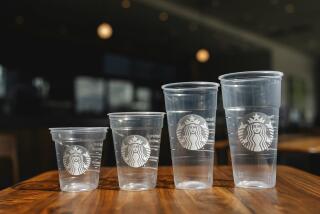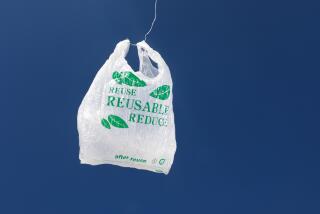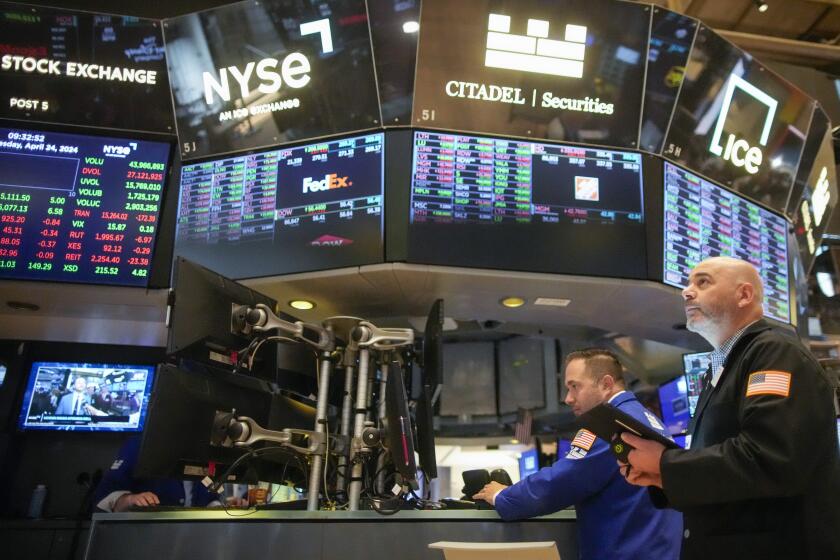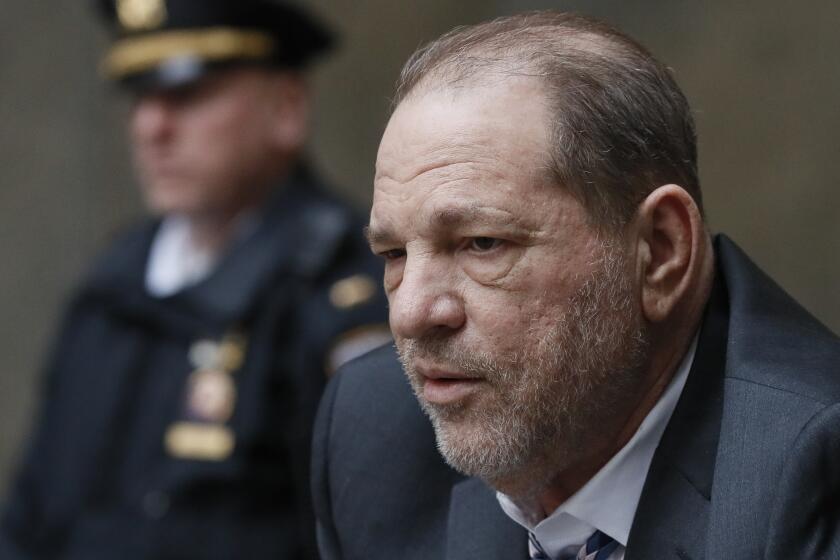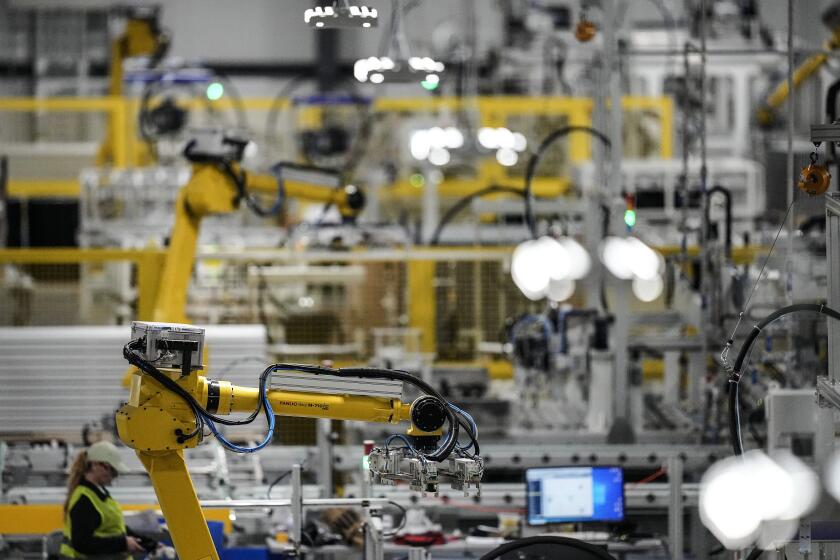The makeup aisle’s ugly side is made of plastic waste
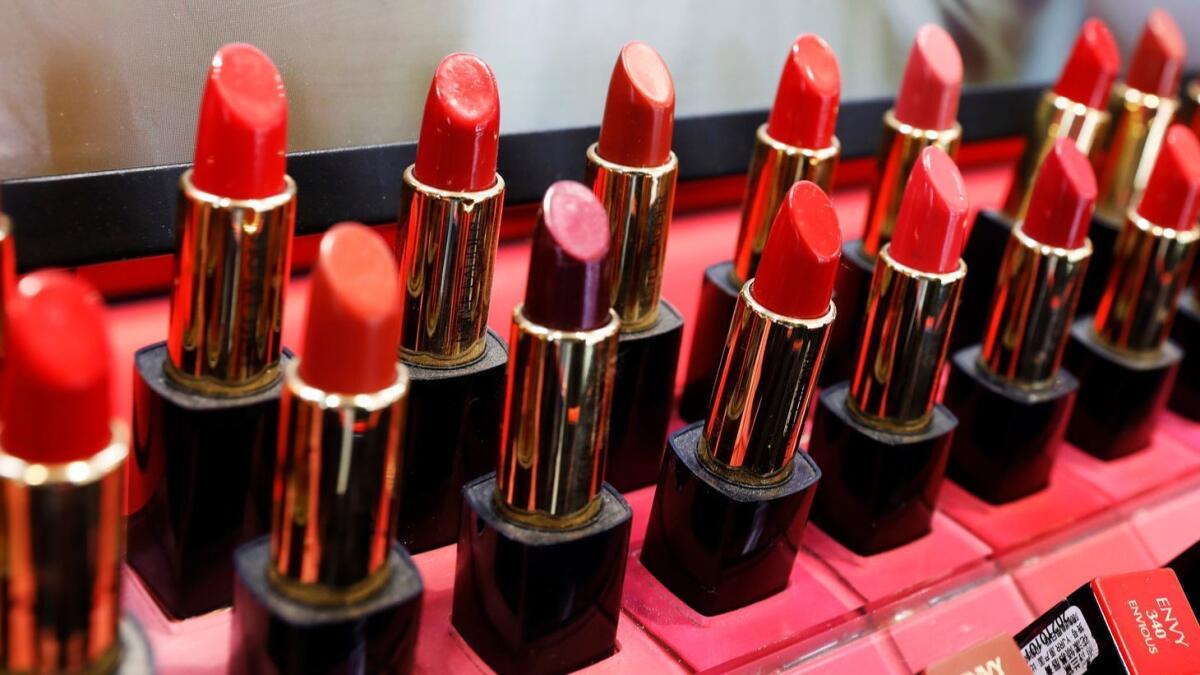
Health and beauty products are meant to be aesthetically pleasing.
It’s a category in which packaging is as important as ingredients when it comes to standing out in a galaxy of cute little containers. It’s also an industry with a built-in advantage, since looking younger, smelling nicer or simply not having bad breath tends to sell itself. Mix in the omnipresence of its advertising, and you have one of the more reliable sectors for growth.
But all of that packaging and all of that growth make for a pretty big pile of consumer waste.
Every year, 120 billion units of cosmetics packaging are produced, mostly for one-time use. Empty containers are often too small for recycling, and mixed-material items go straight to landfills. Meanwhile, many of the beauty products people buy sit unused, gathering dust and eventually ending up as trash — replaced with fresh items from the store.
According to the LCA Centre, a Netherlands-based group that studies the environmental impact of packaging, some 70% of carbon emissions attributable to the industry could be eliminated if people simply used refillable containers.
Like those tiny plastic hotel shampoo bottles? California moves toward banning them »
While small, progressive health and beauty brands have sought to capitalize on this dynamic by marketing themselves as green options, the bigger players have been moving more slowly. That may be about to change — if consumers bite.
The Body Shop announced recently that it was buying hundreds of tons of recycled plastic from India; Beautycounter, a personal-care and makeup company backed by TPG Growth, said it planned to start a refillable beauty product in the next six months (though it might push the launch to 2020); and consumer giant Procter & Gamble is taking part in a trial program in which consumers use refillable containers for a range of home products.
On Wednesday, Procter & Gamble-owned skincare brand Olay went further. The company said it is rolling out a refillable product as part of a limited pilot program, using its blockbuster moisturizer as a guinea pig. Olay said it had sold roughly 1.26 million units of Olay Regenerist Whip in the United States alone, and Nielsen sales figures pegged it as the No. 1 new skincare product last year.
Anitra Marsh, associate director of sustainability for P&G Beauty, said the product was optimal for the trial, in part because the purchaser demographic — women in their 20s and 30s — may be more worried about the environmental impact of what they buy. Other big brands — such as Aveda, with its refillable compacts — have tiptoed into the environmental arena as well.
The goal “is to have more products that are recyclable, reusable and refillable,” Marsh said.
Your next swimsuit might have started life as a fishing net »
Chris Heiert, North America and global vice president at Olay, said that while the company wants to eliminate plastic waste, the program will necessarily turn on whether consumers are receptive. “If the consumer decides she likes this pod-refill technology, we can expand at scale and make a significant difference in reducing plastic waste,” he said.
Smaller brands, however, are steps ahead or — in the case of By Humankind — entirely focused on refillable products. The online brand sells only eco-friendly health and beauty items in recyclable packaging, including mouthwash tablets (you drop them in a glass of water — no bottle), shampoo bars (also no bottle) and refillable deodorant (refills come in paper pods).
By Humankind co-founder Brian Bushell said the company is “combating the global crisis of single-use plastic in all of our product categories.” The paper-pod refill system for its deodorant eliminates about 90% of single-use plastic associated with common deodorant dispensers, he said.
There’s also another aspect of the health and beauty industry’s carbon footprint that has triggered some online pushback. Unused beauty products tend to linger, accumulating dust at home as consumers buy new items. According to Olay’s research, 80% of purchased products aren’t actively used. The problem has become so acute that it has triggered a social media movement to promote the use of existing beauty products before buying new ones.
It seems, Bushell said, that environmental awareness may have reached the makeup aisle.
“Consumers are craving ways to make more responsible choices,” he said, “not only for themselves but also for our planet.”
